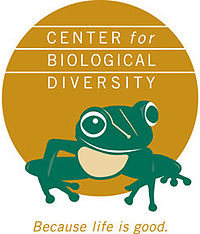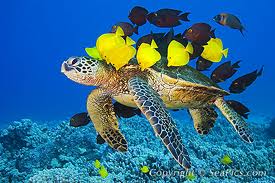by Kristin Kokal
I recently finished my science internship with the Center for Biological Diversity’s San Francisco office (the Center). Although my internship focused mainly on research and writing, I was also able to write petitions, make connections with people inside and outside the organization, and become an incremental part of the Center’s process.
As the science intern for the Oceans Program, I did research on projects including ocean acidification (http://www.biologicaldiversity.org/campaigns/endangered_oceans/index.html), global warming and forest fires, plastic pollution in the oceans, microplastic in water bodies across the United States, derelict fishing gear, orcas, and the Hawaiian Green Sea Turtle.
I was fortunate enough to not only do the research but to also write, edit, and collaborate on a petition against the delisting of the Hawaiian Green Sea Turtle.
An organization like the Center is effective because they not only have the most recent scientific data and passionate lawyers who understand both the legal and scientific issues, but also because they collaborate with other organizations like the Humane Society and Defenders of Wildlife. These organizations, and others, provided the Center with necessary information on distinct population segments and fisheries, logistical support, and helped edit the petition to create a strong, cohesive petition that would keep the Hawaiian Green Sea Turtle listed. By working as part of a larger group, I was able to use my skills that I learned from my first year at BCEP.
My skills in group dynamics assisted my work on a plastic pollution project (http://www.biologicaldiversity.org/campaigns/ocean_plastics/index.html). I worked with Catherine Kilduff and Emily Jeffers, two attorneys in the Oceans Program, as well as with personnel in our other offices in Arizona, to research and write about the plastic pollution problem in the oceans and to create a website dedicated to this issue. As the intern, I was assigned to find interesting but pertinent facts regarding plastic that could be used in our website, as well as find photos that can be used on our website. I actually found the topic so interesting that I decided to do my thesis on it.
I had the opportunity to participate in the Climate Program’s rally during the Giants Parade in downtown San Francisco. Two of my coworkers dressed as polar bears as a way to increase awareness about global warming and its impact on this species. When we arrived at the parade, we passed out fliers while Giants fan and tourists alike took pictures with our polar bears and our signs. It was great to be out talking to the public about this important issue. I enjoyed watching the parade too!
Before entering BCEP, I did not know what literature reviews were. Interesting enough, one requirement for my internship was the ability to do detailed and thorough literature reviews for the Oceans Program. Only after doing an extensive literature review on rare earth elements for BCEP did I actually understand and feel confident in my ability to do comprehensive literature reviews. I feel that my first year at BCEP, which covered communication skills, data analysis, writing, and literature searching, as well as the comments and important feedback I got from my supervisor and coworkers, helped me become more thorough and made me a better intern.
After working at the Center, I have learned that it takes passion, determination, collaboration, and communication in order to solve these important environmental problems. I am so glad I was able to intern at the Center and meet these great people.


